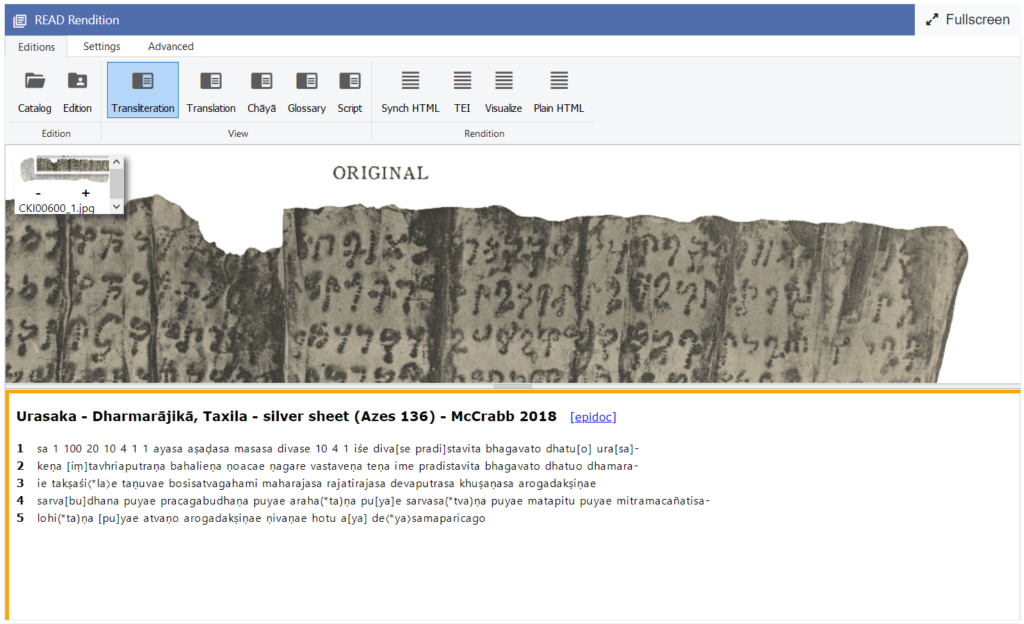| Image | Title | Tags | Notes | Weight |
|---|---|---|---|---|
| Martha of Bethany | generic deities, spirits, mythological figures | "in the Magdalene chapel fresco, Martha's role in the conversion is made very clear through the felicitous invention of having her lead her sister up the steps toward the seated figure of Christ at right" (Witcombe 2002, p. 281)
"here, Mary Magdalen is literally brought to Christ and converted through the intercession of Martha. It is tempting to suggest that this unusual scene deliberately evoked an actual event in which the courtesan who commissioned the chapel was brought to Christ in SS. Trinita through a similar intercession. In the sixteenth century, the female members of important families took on active roles in various charitable activities, which included assisting directly in the conversion of prostitutes." (Witcombe 2002, p. 281) | medium | |
| Mary Magdalene | generic deities, spirits, mythological figures | "It is tempting to suggest that this unusual scene deliberately evoked an actual event in which the courtesan who commissioned the chapel was brought to Christ in SS. Trinita through a similar intercession. In the sixteenth century, the female members of important families took on active roles in various charitable activities, which included assisting directly in the conversion of prostitutes." (Witcombe 2002, p. 281) | medium | |
| Jesus Christ | deities, spirits, mythological figures, historical persons | "In the story told by Luke, the unnamed sinner (Mary Magdalen) has her penitential actions rewarded as Christ says to her, 'Your sins are forgiven' and 'Your faith has saved you; go in peace'." (Witcombe 2002, p. 282) | medium | |
| Bejewelled Headdress | head band | "...two principal fields of discourse in which contemporary observations on the luxury attire of courtesans were placed: those of social status and of sexuality. According to the former, luxury goods served to elevate prostitutes above their social origins, permitting them to blur social boundaries that should have demarcated them from honest noblewomen. According to the latter, such goods functioned to draw attention to their beauty, heighten their allure and provoke men's lusts." (Storey 2005, p. 647) | light | |
| Coiffure | hair types | Mary Magdalene's elaborate coiffure and jewelled headband are contrasted with Martha's simple cloak, suggesting that Mary Magdalene may have been modelled upon the Chapel's patron - a famous courtesan. | light | |
| Martha's gaze | figure: some general features | Martha is an intercessor between the viewer and the figure of Mary Magdalene. Her intent gaze is connoting Magdalene's centrality and her importance in the commission. | light | |
| Stairs | architectural elements, built environment | "in the Magdalen Chapel fresco, Martha's role in the conversion is made very clear through the felicitous invention of having her lead her sister up the steps toward the seated figure of Christ at right." (Witcombe 2002, p. 281) | light |
Each digital edition includes background information about the text, a summary of its content, and references to parallel texts and related publications. Users can explore the text, image, and other analysis resources through various preset views from the READ interface, or customize the views themselves.
By developing the text in READ, the text and image are linked such that selecting a syllable, word, or compound in the text or glossary will highlight the associated akṣaras on the manuscript. This allows you to in effect “read” the manuscript as you read the transcribed text, even if you do not know the script.
Users can choose from several preset READ views by selecting the tabs at the top. Each of these convenient arrangements of text and resources is suited to a different experience with the manuscript. For instance, choose the Script view to study the paleography of the manuscript or the Glossary view to study its vocabulary. It is recommended that the user toggles through the default views to gain a holistic perspective of the text.

- Transliteration: Image and transliteration.
- Translation: Transliteration and translation.
- Chāyā: Transliteration and chāyā.
- Glossary: Image, transliteration, and glossary.
- Script: Image, transliteration, and script chart
- Visualize: Visualize the text structure display.
- Synch HTML: Interactive synchronized rendition.
- TEI: EpiDoc TEI rendition.
- Plain HTML: Transliteration in HTML format.
Avś
Be
Ce
Ch.
CPS
DhG
Ee
FJJ
Mahīś
MūSā
Mvu
P
SĀ
SBhV
Se
Skt.
SN
T
Tib.
Vin
Avadānaśataka (ed. Speyer 1906–1909)
Burmese (Chaṭṭhasaṅgāyana) edition
Sri Lankan (Buddha Jayanti Tipiṭaka Series) edition
Chinese
Catuṣpariṣat-sūtra (ed. Waldschmidt 1952–1962)
Dharmaguptaka
European (Pali Text Society) edition
Fobenxing ji jing (T 190)
Mahīśāsaka
Mūlasarvāstivāda
Mahāvastu-avadāna (ed. Senart 1882–1897)
Pali
Saṃyukta-āgama (T 99)
Saṅghabhedavastu (ed. Gnoli 1977–1978)
Thai (King of Siam) edition
Sanskrit
Saṃyutta-nikāya
Taishō 大正 edition
Tibetan
Vinaya

